Six Lesser-Known Female Composers of the 19th Century
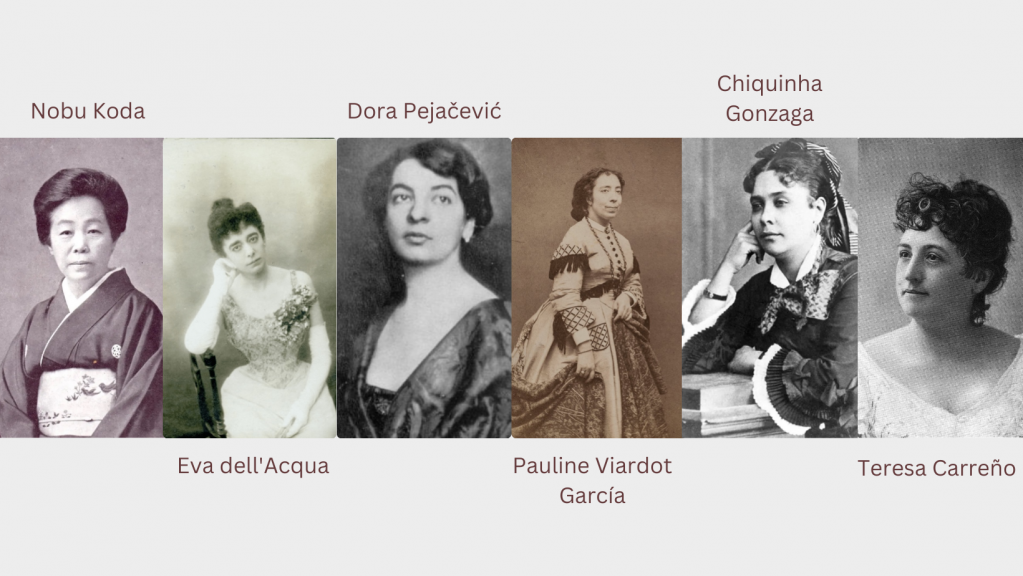
If asked to name women composers, I’m guessing that for many classical musicians or enthusiasts, a few modern (~1950s–present) composers may come to mind, or perhaps Clara Schumann, but not much beyond that. While working on my doctoral research project, which involves creating transcriptions by diverse female composers, I have discovered a plethora of composers with fascinating stories and music that deserve to be heard. I want to introduce six of the composers of focus in my research project that I believe fit within the category of “underrated.”
Not only did all these female composers struggle to be seen, heard, and published in the 19th and 20th centuries, but they also represent some diversity of national origin. This post is in honor of Women’s History Month (March). However, the study, recognition, and programming of works by noteworthy composers who happen to be women should be ongoing pursuits for us all. This is not a comprehensive list, nor is it as diverse as it could be.
But I hope that reading about these composers and hearing some of their works serves as inspiration, provides a starting point for future research, or introduces you to something new. For further information and insights, consult my sources cited below.
1. Nobu Kōda 幸田延 (1870–1946)
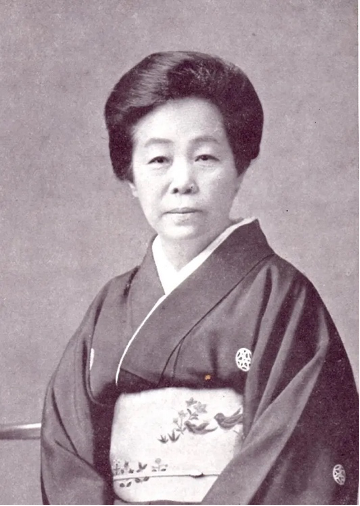
Japanese composer Nobu Kōda has been regarded as "The Grandmother of Japanese Classical Music." Inspired by her musical studies abroad in the United States and Germany, she was the first known Japanese composer to write in a Western style. Although her compositional output was small and under-published, her legacy of musical studies in Japan is foundational. Along with her violinist sister, Andō Kōda, she taught some of Japan’s most important early composers, including Taki Rentarō (who composed Japan’s national anthem) and Shinichi Suzuki (famous for his Suzuki method of music education).
Nobu Kōda came from a talented family. Her father was a samurai, her younger sister Andō Kōda was an established concert violinist, and her brother Kōda Shigeyuki (known as Kōda Rohan) was a published author. Nobu Kōda studied the traditional Japanese koto as a child. She then developed her career as a violinist, composer, and pedagogue.
She was also a polyglot; it is said that she had a strong personality, especially for her time amid the Meiji Restoration in Japan. Her dedication to her career was evident in her decision to study overseas and in the impact she had on her students.
2. Eva dell'Acqua (1856–1930)
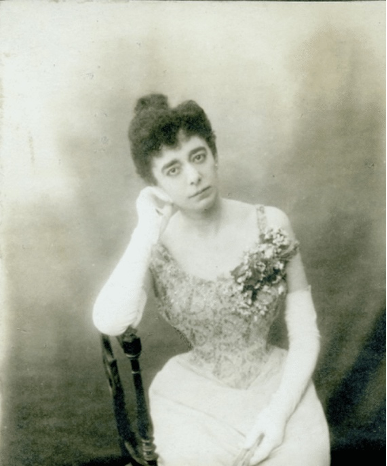
Eva dell’Acqua hailed from Belgium, born from an Italian father and a Dutch mother. An illustrious soprano and composer, she often performed her own compositions, such as singing the titular role in her opera comique La ruse de Pierrette (1890) and her famous solo for coloratura soprano, La Villanelle (ca. 1892). Although Eva also had a relatively limited compositional output, her works demonstrated an impressive range of genres and styles, ranging from instrumental and vocal chamber music, various operatic styles (operetta, opera comique, opera buffe, and pantomime), and even military marches.
Inspired by the artistic environment fostered by her father Cesare, a painter, Eva studied music privately in Brussels. She composed during her childhood and performed her works in salon-style concerts at her parents’ home. In her letters, she wrote that she studied music with François Lintermans (1808–1895). Later in her life, she settled in Antwerp and taught singing lessons. Eva dell’Acqua is most recognized for her beautiful song for voice and piano, La Villanelle. A deserving staple in the soprano repertoire, La Villanelle has been featured in numerous films, including the American musicals Get Hep to Love (1942) and I Married an Angel (1942).
3. Dora Pejačević (1885–1923)

Croatian–Hungarian composer, pianist, and violinist Countess Maria Theodora “Dora” Paulina Pejačević has been credited with founding modern concert music in Croatia. She was also the first female composer in Croatia to compose and publish orchestral works. Born into a noble family, her father was Count Teodor Pejačević of Virovitica, and her mother, Baroness Elisabeth Josepha Vay de Vaya, was an educated pianist and singer. Dora Pejačević demonstrated musical prowess as a child, composing by age 12. Her mother recognized her musical aptitude early and fostered her development by first teaching her daughter’s music lessons, then facilitating some private music studies. Her musical training focused on piano performance, but she was mostly self-taught as a composer. She studied at the Croatian Music Institute in Zagreb and then briefly in Dresden and Munich. Her teachers included Percy Sherwood, Dragutin Kaiser, and Walter Courvoisier. She developed a compositional style that was both aligned with the late Romantic idioms of the time and imbued with distinctly lush colors and harmonies.
Unfortunately, Pejačević's life was cut short at age 37 after suffering complications from childbirth. Nonetheless, apart from her heartfelt achievements and her son, Theo, she left a legacy of 58 works, including four symphonies, concerti, over 20 solo piano pieces, numerous songs for voice and piano/orchestra, and 16 chamber compositions. Although during her life her works were most frequently performed outside Croatia, it seems that her musical recognition to this day has not travelled as far as it deserves.
4. Pauline Viardot García (1821–1910)
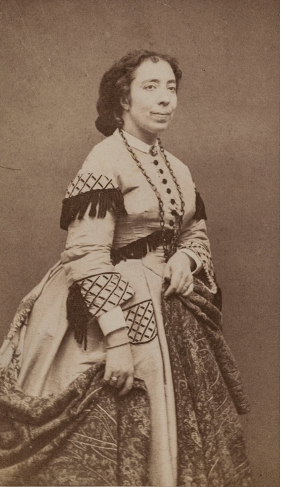
Spanish–French mezzo-soprano, composer, and pianist Pauline Viardot García has been regarded as “the glue with which much of the 19th-century musical activity in Europe was connected.” Although Pauline’s rich musical career was more focused on singing, performing, and teaching rather than composing, she had a sizable musical output, including over 100 songs, melodies, chamber music, and more. Trained in her family's "García method" of singing, she also published a manual on singing, Une heure d’étude: exercices pour voix de femmes (1880), that endures as an informative text on 19th-century vocal performance practices.
Pauline Viardot García was born into a renowned Spanish family of singers who led her early musical training. Her father was Manuel García, a celebrated tenor and pedagogue; her mother, María Joaquina Sitches, was an acclaimed operatic soprano and actress; and her siblings sang as well. Her sister Maria Malibran was well known among opera singers of the 19th century. In light of her family's musical legacy, Pauline distinguished herself through her own achievements. She studied with esteemed musicians such as Meysenberg for piano and Lizst and Reicha for composition. Renowned for her vocal prowess, her extensive three-octave range inspired composers such as Chopin, Berlioz, Saint-Saëns, and Clara and Robert Schuman.
Like Nobu Kōda, Pauline Viardot García was a polyglot, and her multifaceted nature was reflected in her musical career. She married Louis Viardot, director of the Théâtre Italien, and together they raised four children in a thriving musical environment. Pauline is best remembered for her technical facilities, both on the piano and with her voice, as demonstrated in her compositions that showcase her world-class virtuosity.
5. Chiquinha Gonzaga (1847–1935)
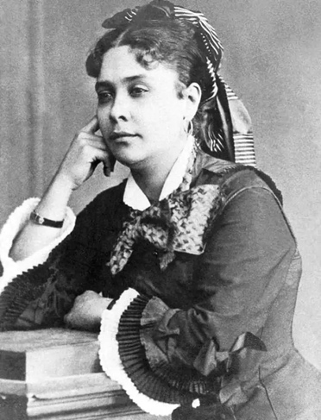
Composer, conductor, and pianist Francisca Edwiges Neves “Chiquinha” Gonzaga is remembered as the first female conductor of an orchestra in Brazil. She made her conducting debut with her operetta, A Corte na Roça, in 1885. As a composer, she helped shape the music of Carnaval in Brazil as it is known today. Chiquinha Gonzaga was the most prolific composer among the six discussed in this article. Her output includes over 300 published works, including 77 works for the stage, and character pieces such as polkas, tangos, habaneras, maxixes, and choros.
Chiquinha Gonzaga came from a mixed-race and mixed-class family. Her father, José Neves Gonzaga Basilieu, was a high-ranking military officer of Portuguese descent, and her mother, Maria Rosa de Lima, was the daughter of an enslaved person. Chiquinha took piano lessons as a child, and by age 11, she had written her first composition. She went on to study music in Rio de Janeiro with José de Sousa Lobo and Napoleão dos Santos.
Reflective of her origins, Chiquinha's compositional style fused European composition techniques with African rhythms. She helped pioneer what became the "choro," a distinctively Brazilian genre known for its upbeat style. She is so revered for her impact on music in Brazil that in 2012, the “National Day of Brazilian Popular Music” was established on Chiquinha Gonzaga’s birthday, October 17. Perhaps her most popular composition among Brazilians is the polka Atraente (1877), which catalyzed Chiquinha’s compositional success. In becoming a professional musician, she defied conforming to the expectations of her family and society to become who she wanted to be.
6. Teresa Carreño (1853–1917)
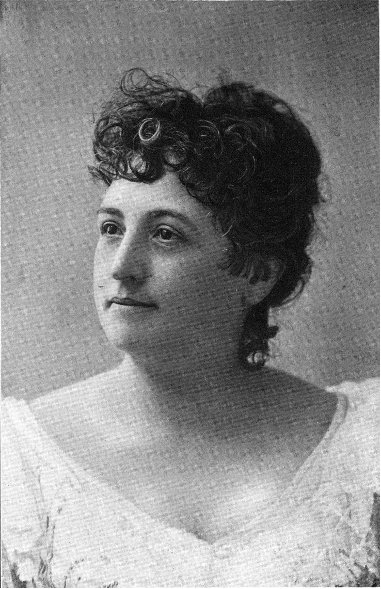
Born in Caracas, Venezuela, and raised in New York City, Teresa Carreño was a force of nature. In her career, she became known as the “Valkyrie of the Piano” due to her virtuosic performances and compositions. A child prodigy, she played for U.S. President Abraham Lincoln when she was only nine years old! (Fun fact: there’s even a children’s book written about this.)
Teresa Carreño was trained from a young age by her musical family, which included her grandfather, Cayetano Carreño, and her father, Manuel Antonio Carreño. Her father recognized young Teresa’s unusually special talents in piano playing, improvising, and composing, and moved their family to New York, hoping for refuge and more direction for Teresa. She continued musical studies with L. M. Gottschalk and Regina Watson, and then in her teens, her family moved to Paris. There, she continued to study piano and composition and went on to perform throughout Europe. As with Pauline Viardot García, Teresa Carreño was most recognized for her performances, but she was a composer in her own right. She composed about 80 works, many of which were composed during her youth or intended for her to perform herself. Carreño’s compositional style reflected the influence of other virtuoso-composers of the time, such as her mentor, Gottschalk. Proudly representing her heritage, her music was also influenced by Venezuelan rhythms and forms. She enjoyed friendship and collaborations with many notable musicians and composers of her time, including Edward MacDowell (who was also her student) and Amy Beach, both of whom dedicated piano concerti to the eminent Teresa Carreño.
Sources
“A Modern Lady”: Nobu Kōda and the Entrance of Western Classical Music in Japan.” Mordents, https://mordents.com/a-modern-lady-nobu-koda-and-the-entrance-of-western-classical-music-in-japan/.
Berg, Wesley. “The Grandmother of Japanese Classical Music.” Romanticism’s Forgotten Pasts, https://romanticismsforgottenpasts.wordpress.com/2021/04/01/the-grandmother-of-japanese-classical-music/.
Borchard, Beatrix. “Viardot [née García], (Michelle Ferdinande) Pauline.” Oxford Music Online, Oxford University Press.
“Dora Pejačević (1885–1923).” Naxos, https://www.naxos.com/Bio/Person/Dora_Pejacevic/143997.
“Dora Pejačević – The Matriarch of Croatian Composers.” Unknown and Forgotten Composers, https://unknowncomposers.org/2019/05/18/dora-pejacevic-the-matriarch-of-croatian-composers/, 2019.
“Gonzaga, Chiquinha.” Donne: Women in Music, https://donne-uk.org/author/gonzaga-chiquinha/.
“Informações Incorretas Sobre Chiquinha Gonzaga” [Incorrect information about Chiquinha Gonzaga]. Chiquinha Gonzaga, https://chiquinhagonzaga.com/wp/nao-e-bem-assim-sobre-chiquinha-gonzaga/.
Knudson, Christina. “Highlighting Women Composers – Volume 2 – Nobu Koda.” Christina Knudson, https://www.christinaknudson.com/violin-resources/female-composers-nobu-koda.
Kos, Koraljka. “Pejačević [Pejacsevich], Dora.” Grove Music Online, Oxford University Press, 2001.
Levins, Sandy. “The Valkyrie of the Piano: Teresa Carreño.” Wednesdays Women, https://wednesdayswomen.com/the-valkyrie-of-the-piano-teresa-carreno/, 2021
Magaldi, Cristina. “Gonzaga, (Francisca Edwiges Neves) Chiquinha.” Grove Music Online, Oxford University Press, 2001.
Palome, Anne-Marie. “Compositrices du XIXe : Eva Dell’Acqua (1856-1930)” [19th- century female composers: Eva Dell’Acqua (1856-1930)]. Crescendo Magazine, https://www.crescendo-magazine.be/compositrices-du-xixe-eva-dellacqua-1856-1930/, 2021.
"Pauline Viardot-García." A Modern Reveal, https://www.amodernreveal.com/pauline-viardotgarcia#viardot-sources.
Pita, Laura. “Carreño, (María) Teresa.” Grove Music Online, Oxford University Press, 2015.
国本静三 [Seizo Kuzimoto]. 生涯と功績――わが国最初の作曲家 幸田
幸田延 [Nobu Koda’s Life and Achievements]. Pietro Music Coocan Japan, http://pietro.music.coocan.jp/storia/koda_nobu_vita_opere.html.
Sim Head, Fanny Po. “Brazilian First Conductor and First Choro Composer
Chiquinha Gonzaga (1847-1935).” Interlude, https://interlude.hk/brazilian-first-conductor-and-first-choro-composer-chiquinha-gonzaga-1847-1935/, 2023.
Smart, Mary Ann. “Dell’Acqua, Eva.” Grove Music Online, Oxford University Press, 2004.



